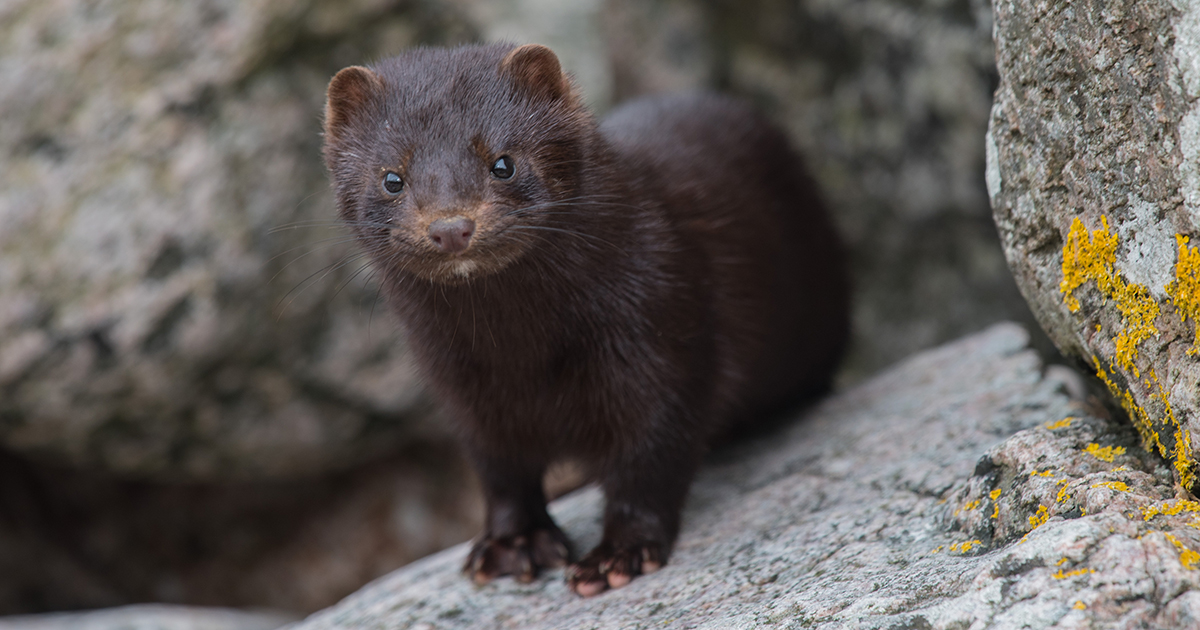
The Canadian fur industry is staggering as one of the largest and oldest auction houses faces financial challenges and is unlikely to sell wild or ranched fur in the coming seasons.
North American Fur Auctions reported on their website earlier this week that they have entered creditor protection, noting that this is not bankruptcy or receivership. According to the CBC, NAFA president and CEO Douglas Lawson has communicated to trappers and other fur sellers that the organization lost its principal lender and were unable to secure new financing.
“Lawson said the entire industry is still facing an ‘unprecedented market correction’ and no sector is immune, including the auction houses,” CBC reported.
Writing on the wall
Declining fur prices isn’t new – as a commodity in the 21st century, fur prices are subject to fluctuation. In recent years ranched mink fur in Canada has shown significant losses, from one-time highs of $140 per pelt to below $40, less than the cost of production. In 2014, the Nova Scotia fur farm industry received approximately $20,000,000 in bailouts and bridge loans due to rapidly declining prices.
There are many factors in this reduction, including changes to the large Russian and Chinese markets in the last decade. Western designers and stores have also moved away from fur as consumers learn the truth about the inherently inhumane manner in which fur products are produced.
These are not new trends and should not surprise NAFA or other major players in the fur industry who have refused to make changes on issues like trap check times, warning signs, cage sizes and other welfare concerns.
What’s next?
While we are celebrating the reality that fewer animals are likely to be tortured and/or killed in traps and on fur farms, we must acknowledge the economic impact of this situation: many people will be losing at least a supplementary income stream. We are hopeful that trappers and other workers in the fur industry will be able to transition smoothly to new industries; ideally, the industry that profited for so long from their work will assist with this and government programs can help transfer their skill sets 21st century jobs that rely less on fluctuating commodity markets.
This is not, however, the end of the fur industry or of the work necessary to protect fur-bearing animals in the wild and in confinement. Other auction houses still exist and there is still a market for fur taken from animals who were caught, held against their will, and tortured or killed by traps, or lived out their lives in tiny cages on factory-style fur farms.
The Fur-Bearers will continue to monitor this situation and provide fact-based updates as they are available.

